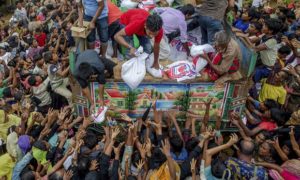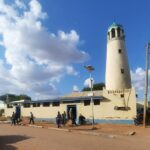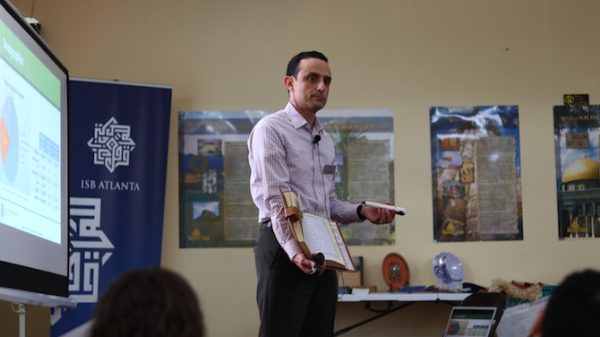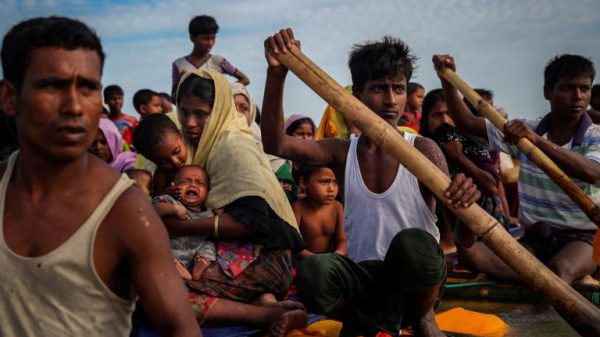Amnesty International has said new satellite images and videos from Myanmar’s strife-torn Rakhine state show smoke rising from Rohingya Muslim villages, contradicting Aung San Suu Kyi’s claims that military operations there have ended.

“This damning evidence from the ground and from space flies in the face of Aung Suu Kyi’s assertions to the world,” Tirana Hasan, Amnesty’s director of crisis response, said in a statement late Friday. “Rohingya homes and villages continue to burn, before, during and after their inhabitants take flight in terror. Not satisfied with simply forcing Rohingya from their homes, authorities seem intent on ensuring they have no homes to return to.”
The senior US diplomat for south-east Asia said America remained deeply troubled by the ongoing crisis and allegations of human rights abuses in Rakhine.
Deputy assistant secretary of state Patrick Murphy, speaking on Friday in a conference call from Bangkok, said while the U.S. condemns August attacks by Muslim Rohingya militants, the response from Myanmar’s security forces has been “disproportionate.” He called on security forces to end the violence in Rakhine, stop vigilantism there, protect civilians and facilitate humanitarian assistance in the area.
Murphy also called on the security forces to work with the civilian government to implement the recommendations of a committee headed by former United Nations secretary-general Kofi Annan.
Most of those fleeing have ended up in camps in the Bangladeshi district of Cox’s Bazar, which already had hundreds of thousands of Rohingya refugees who had fled prior rounds of violence in Myanmar.
“The situation in the camps is so incredibly fragile, especially with regard to shelter, food and water, and sanitation, that one small event could lead to an outbreak that may be the tipping point between a crisis and a catastrophe,” Robert Onus, emergency coordinator for the medical relief agency Medecins San Frontieres, said on Thursday.
“Hundreds of thousands of refugees are living in an extremely precarious situation, and all the preconditions for a public health disaster are there,” Onus said in a statement, calling for a “massive step-up of humanitarian aid.”
Another danger was highlighted by the International Campaign to Ban Landmines, a co-winner of the Nobel peace prize in 1997, which condemned Myanmar’s use of anti-personnel mines along its border with Bangladesh.
“According to eyewitness accounts, photographic evidence, and multiple reports, antipersonnel mines have been laid between Myanmar’s two major land crossings with Bangladesh, resulting in casualties among Rohingya refugees fleeing government attacks on their homes,” the group said.
It demanded that Myanmar immediately cease using such weapons and accede to the 1997 Mine Ban Treaty, to which 162 other nations are parties.
Rohingya have faced persecution and discrimination in majority-Buddhist Myanmar for decades and are denied citizenship, even though many families have lived there for generations. The government says there is no such ethnicity as Rohingya and that they are Bengalis who illegally migrated to Myanmar from Bangladesh.
Source: theguardian














